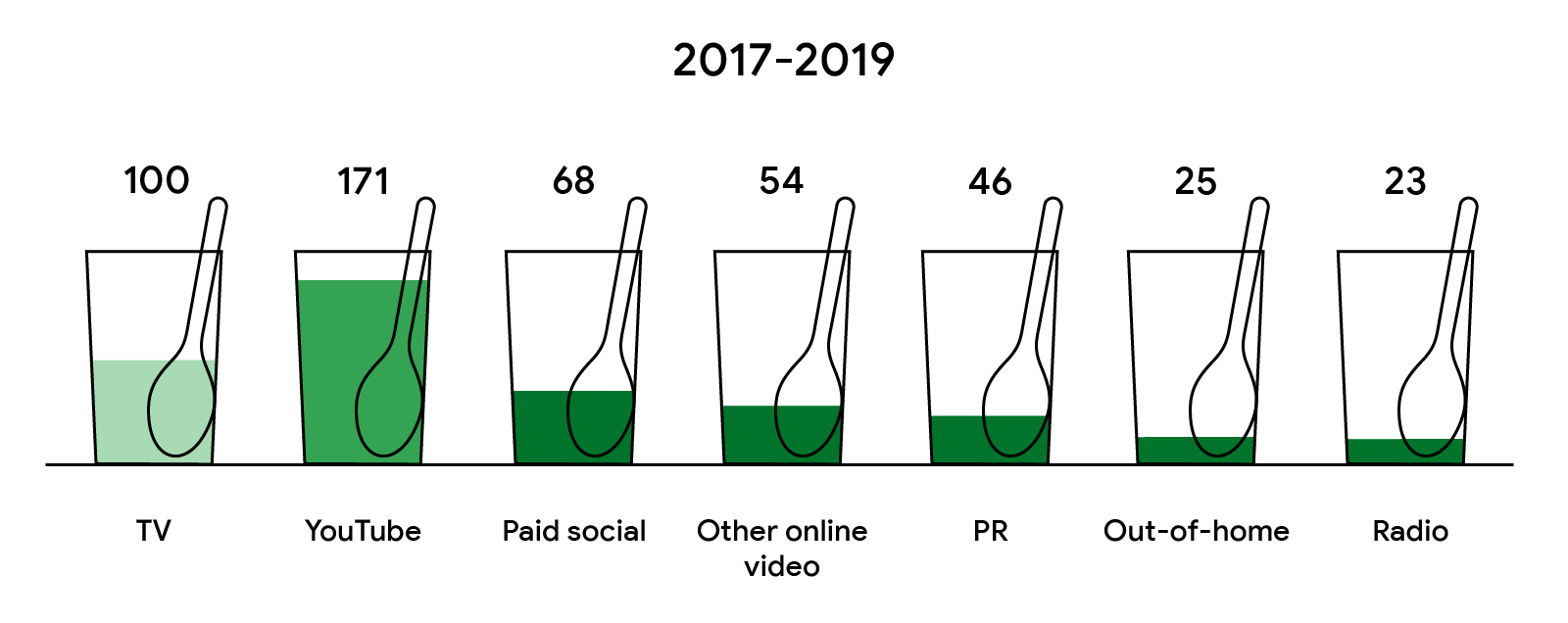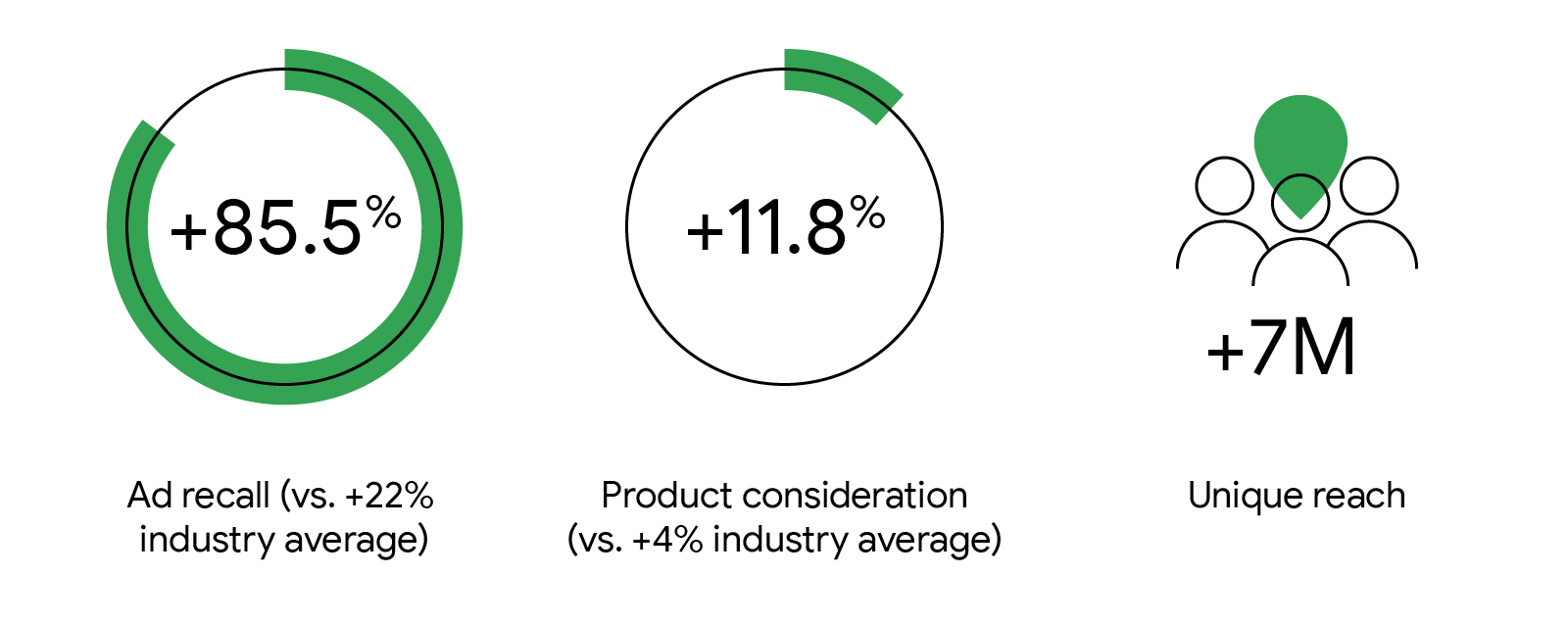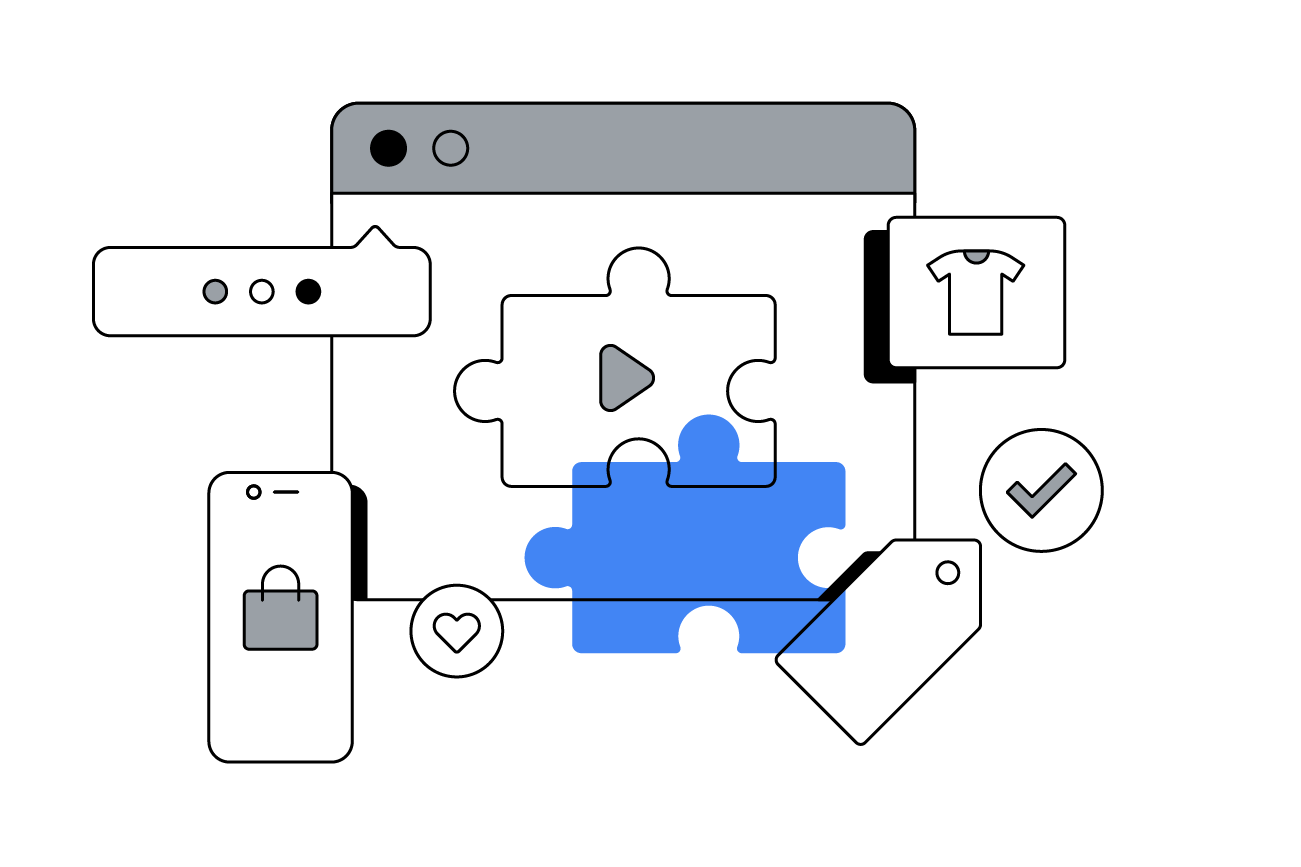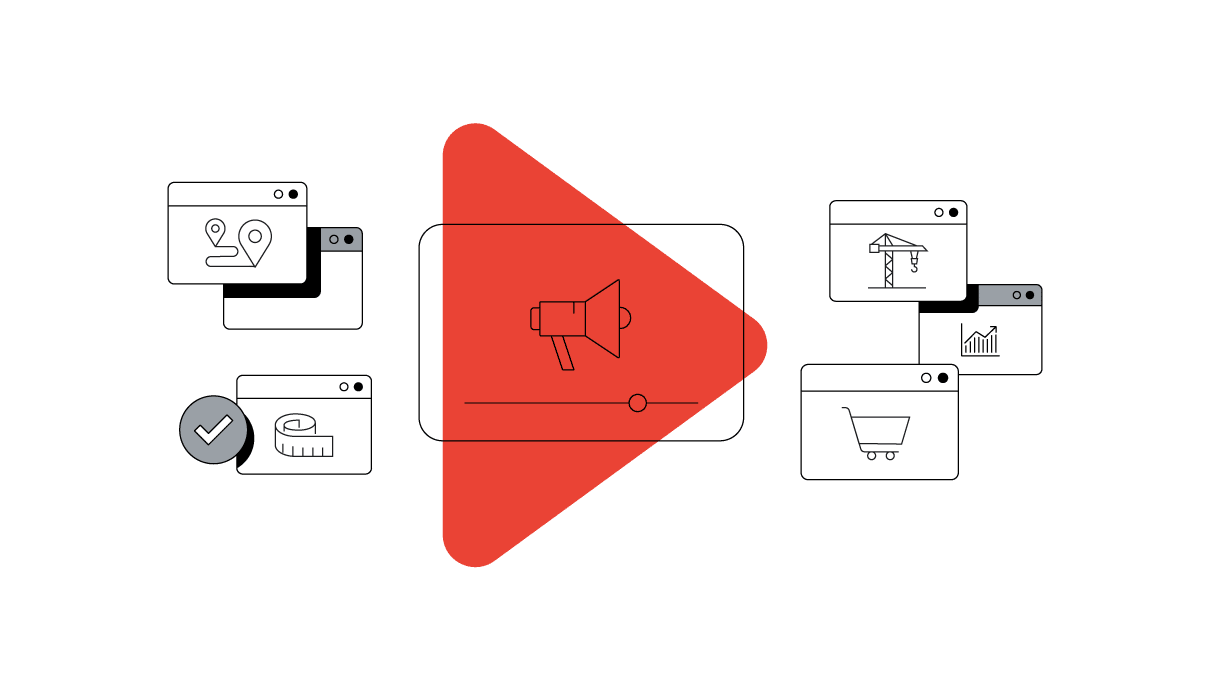Building a great marketing campaign is like writing the perfect recipe: serving a delicious final product comes down to the right mix of ingredients. MILO’s Christine Le Maitre shares why the brand decided to extend its core powder offering and media strategy to reach health-conscious consumers.
Most Aussies and Kiwis will tell you that MILO tastes best with just the right mix (whether it’s better hot or cold is a whole different story). Nestlé’s iconic choc-malt powder has a rich history in Australia dating back to 1934 when it was developed to help kids suffering from malnutrition after the Depression. The choc-malt drink has been a staple in shoppers’ kitchens ever since, and still uses the same four ingredients (plus vitamins and minerals) that have nourished Aussies and Kiwis for decades.
But as the market expanded over the years, we realised we needed to shake things up. Parents’ growing preference for healthier food options meant our standard powder product was losing relevance with active Aussie and Kiwi mums. Moreover, our traditional approach to advertising, which was predominantly focused on TV for years, was missing the mark from a media perspective. Considering YouTube’s growing role in the Aussie household, we decided to develop a new strategy in 2019 to rejuvenate the brand and give active Aussie and Kiwi mums more choice:
- Step 1: Create a new MILO mix with 30% less added sugar.
- Step 2: Launch a multi-channel media campaign featuring a combination of online video formats.
- Step 3: Run a marketing mix model (MMM) to find the most effective channels.
Here’s how the reduced-sugar mix and new media strategy helped us create reach, relevance, and consideration with a new audience.
Appealing to Aussies’ taste for online video
While we traditionally relied on TV ads to drive awareness for MILO, we saw where our audience was spending more time and what was grabbing their attention. In a brand first, we embraced online video as a critical ingredient to our marketing mix, leading with YouTube. The mix included a skippable TrueView ad and a six-second bumper to reach relevant affinity audiences that TV was missing, such as Sports Fans, Grocery Shoppers, and Parents of Preschoolers and Grade Schoolers.
Our full-length online spot highlighted Aussies’ love for MILO across generations with a cute exchange between a girl and her granddad, while the shorter bumper ad used bold branding and copy to reassure shoppers that the new mix still boasts “100% MILO taste.”
TV and online video were the main ingredients, but we also sprinkled in social media, influencer marketing, and in-store sampling to reach mums across a wider variety of channels. But to understand which ones were the most effective, we needed a channel-by-channel breakdown of how they impacted the overall brand.
In another first, we looped in Analytic Partners to conduct an MMM of our campaigns from 2017 to 2019, including the new product launch, to measure each channel’s impact on reach, awareness, product recall, and consideration. Since 2019 was the first time we focused on new product development over core as well as built our entire media strategy around the way our audience consumes content, we were eager to understand if it was more or less effective than the approach we’d taken for years.
Remixing future plans to feature YouTube
Our MMM results showed the MILO brand not only reached a wider audience with YouTube, but we also resonated with the mums we wanted to reach most. And most importantly, among the assortment of channels we used, YouTube drove the highest return on investment (ROI) by a wide margin — nearly twice as much as TV alone.
ROI index from MILO’s new media mix

Using Brand Lift, we saw that YouTube also helped boost our reach by more than 7 million unique views while driving an 85.5% lift in ad recall and nearly 12% lift in consideration from Aussie and Kiwi mums.
MILO’s Brand Lift results

This year, we took our 2019 learnings to heart while expanding our creative strategy. Most notably, we shifted a big part of our media budget toward YouTube, where it had the most impact on the right audiences. We’ve also started experimenting with new formats including discovery ads and unskippable creative to drive more effective, tailored campaigns.
Nestlé’s head of media, Antonia Farquhar, said, “When you consider Aussies’ changing consumption habits, a holistic approach makes the most sense. YouTube is sure to be a critical channel for us in the future, especially as we focus on personalising our creative messaging based on new behaviours, tastes, and habits.”







